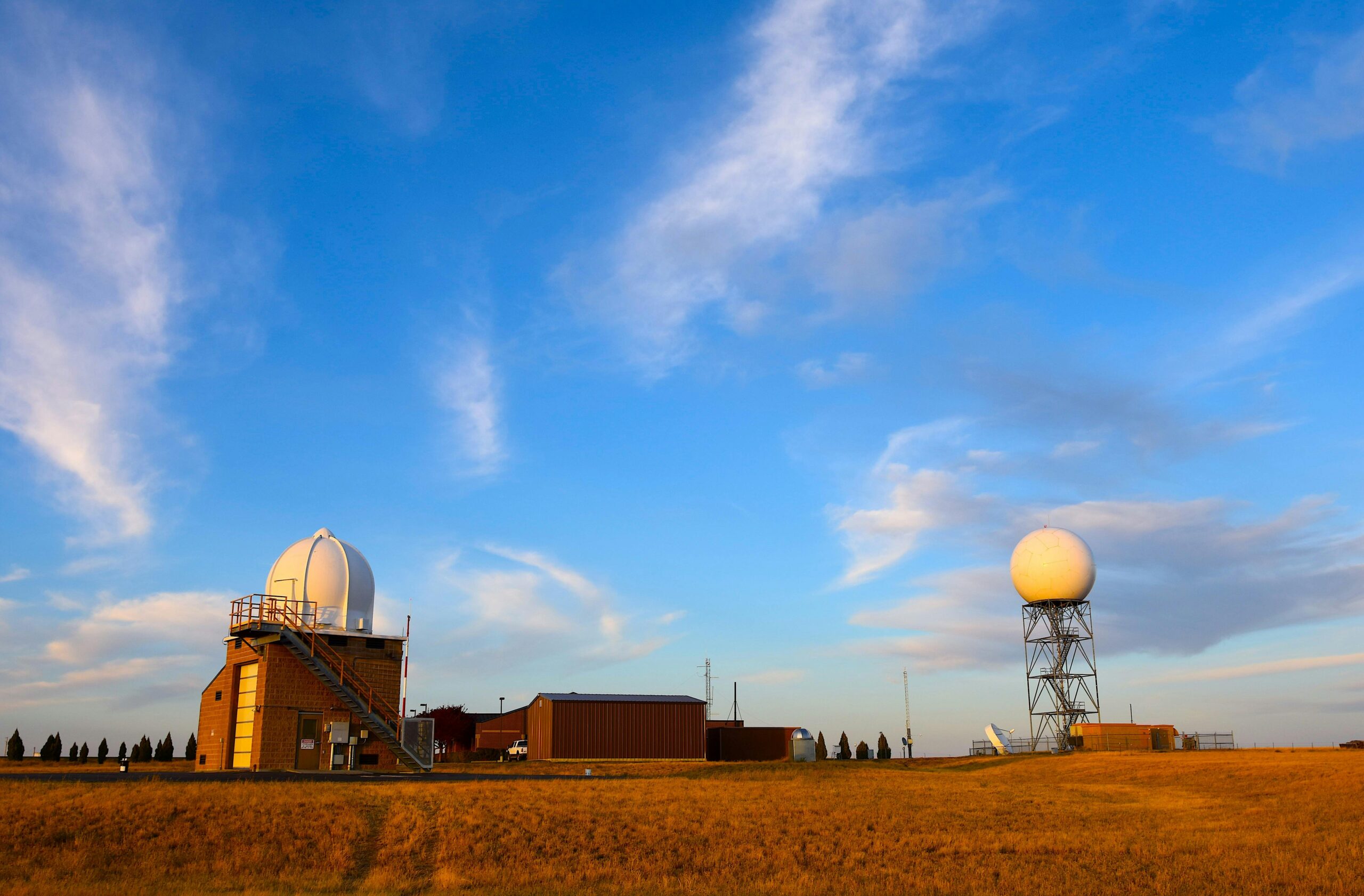In a move that has raised concerns among community advocates and public safety officials, the U.S. Weather Service has allowed its Spanish translation service to lapse. This decision, whether driven by budget constraints, oversight, or administrative changes, leaves millions of Spanish-speaking Americans at risk of missing critical weather information, especially during emergencies.

Background and Context
For years, the U.S. Weather Service has provided vital weather alerts and updates in Spanish—a service designed to bridge the language gap for a significant portion of the population. This translation service has been an essential tool, ensuring that non-English speakers receive timely warnings about severe weather events, natural disasters, and daily forecasts.
However, recent reports indicate that this service has been allowed to lapse. While the official explanation has been minimal, the decision has sparked debate about accessibility, public safety, and government accountability. Critics argue that the lapse undermines the commitment to serving all communities equally, particularly those who depend on Spanish-language information.
Implications for the Spanish-Speaking Community
Reduced Access to Critical Information:
Without dedicated Spanish translations, Spanish-speaking residents might not receive crucial weather alerts in time, potentially jeopardizing their safety during storms, hurricanes, or other emergencies. The lapse could lead to delayed responses and a higher risk of harm in vulnerable areas.
Increased Burden on Local Agencies:
Local and state agencies, often already strained, may be forced to fill the gap. Some municipalities have started developing their own Spanish-language communication strategies, but these are not always as robust or consistent as the federal service previously provided.
Public Outcry and Community Response:
Advocacy groups and community leaders have expressed frustration, emphasizing that weather information is a public good. There is growing pressure on federal agencies to reinstate the service and ensure that all Americans, regardless of language, have access to life-saving information.
Possible Reasons Behind the Lapse
Budgetary Constraints:
One possible explanation for the lapse is the tightening of federal budgets. As agencies face financial pressures, some programs may be deprioritized, even if they serve critical community needs.
Administrative Reorganization:
The Weather Service may be undergoing internal restructuring or a shift in focus that inadvertently sidelined the translation service. Changes in leadership or strategy could have led to gaps in service provision.
Oversight and Policy Shifts:
It is also possible that evolving policy priorities have redirected resources away from multilingual services. In an era where digital communication is rapidly evolving, agencies may be reassessing how best to deliver information to diverse audiences.
Broader Impacts and Missing Details
While the immediate concern is the discontinuation of Spanish translations, several broader implications deserve attention:
- Legal and Regulatory Considerations:
Questions arise regarding compliance with federal regulations on non-discrimination and equal access to public services. Some legal experts suggest that this lapse could trigger reviews or mandates to reinstate essential services. - Technology and Future Solutions:
Advances in AI and machine translation could offer cost-effective solutions for real-time translations. Exploring partnerships with tech companies may help modernize and restore these services without imposing significant new costs on the agency. - Historical Commitment vs. Current Priorities:
The U.S. Weather Service has long been recognized for its inclusive communication efforts. The current situation may reflect a broader trend where short-term cost-saving measures conflict with long-standing commitments to public service and inclusivity. - Community and Stakeholder Engagement:
Moving forward, it is crucial for the Weather Service to engage with community groups, local governments, and advocacy organizations. Transparent dialogue could pave the way for solutions that ensure all populations are protected during emergencies.

The Road Ahead: Restoring Trust and Service
To address these concerns, experts recommend several actions:
- Immediate Review and Reinstatement:
The federal government should prioritize a review of the decision and consider reinstating the Spanish translation service, even on a provisional basis, to ensure public safety. - Leveraging Technology:
Investing in AI-driven translation tools could provide a scalable solution that meets modern communication needs while keeping costs in check. - Policy and Funding Adjustments:
Reallocating funds and revisiting policy priorities may be necessary to balance budgetary constraints with the need to provide equitable services across language barriers. - Enhanced Communication with Affected Communities:
Proactive engagement and clear communication from federal and local agencies can help rebuild trust and ensure that vulnerable populations are not left behind.
Frequently Asked Questions
Q: Why did the U.S. Weather Service allow the Spanish translation service to lapse?
A: While the official explanation is limited, possible reasons include budget constraints, administrative reorganization, or shifts in policy priorities that led to the discontinuation of the service.
Q: What are the risks of discontinuing Spanish translations for weather alerts?
A: The primary risk is that Spanish-speaking residents might miss timely alerts about severe weather, increasing their vulnerability during emergencies. This lapse could also place additional burdens on local agencies to provide similar services.
Q: Are there legal implications for discontinuing the service?
A: Yes, discontinuing such essential services may raise questions regarding compliance with federal regulations on non-discrimination and equal access to public information, potentially prompting legal reviews or mandates.
Q: Can technology help restore the service?
A: Absolutely. Advances in AI and machine translation offer promising solutions for real-time translations. Partnering with technology providers could enable a cost-effective restoration of the service.
Q: What steps are being suggested to address this issue?
A: Experts recommend an immediate review of the decision, potential reallocation of funds, leveraging modern translation technologies, and engaging in dialogue with community stakeholders to ensure equitable access to weather information.
Q: How are local communities responding to the lapse?
A: Community groups and local officials have voiced concerns and are pressuring federal agencies to reinstate the service. Some local governments are exploring their own measures to provide Spanish-language weather updates in the interim.
Q: Will the service be permanently discontinued?
A: It is not clear yet if the lapse is permanent. Ongoing discussions and community advocacy may lead to its reinstatement, either through federal action or innovative technological solutions.
Q: How important is the Spanish translation service for public safety?
A: Extremely important. Accurate, timely weather information can be a matter of life and death during emergencies. Ensuring that all communities have access to such information is critical for public safety.
Q: What impact might this decision have on tourism in the Bahamas?
A: (Note: This question is not directly relevant to this article, but if needed, it would be rephrased to discuss domestic travel instead of tourism in the Bahamas.)
A: The decision primarily affects residents rather than tourists. However, clear weather communications are vital for all travelers, and lapses in service could affect perceptions of reliability in public safety messaging.
Q: How can affected individuals get more information?
A: Affected individuals are encouraged to monitor updates on the U.S. State Department’s travel advisory pages, local news outlets, and official U.S. Weather Service communications for the latest information.

The lapse in the Spanish translation service by the U.S. Weather Service highlights the ongoing challenges of balancing budgetary constraints with the need for inclusive, accessible public safety communications. By leveraging modern technology and engaging with the community, there is hope for a swift resolution that restores this vital service and reaffirms the commitment to protecting all Americans during emergencies.
Sources Bloomberg


